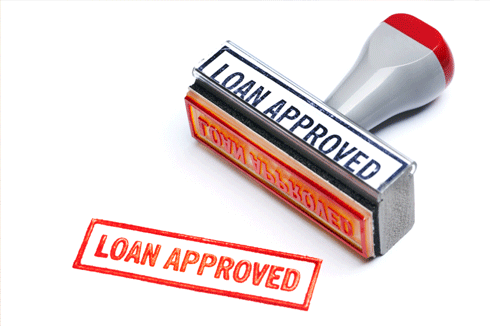How to Find Credit Card Relief

Get rid of your debt faster with debt relief
Choose your debt amount
Or speak to a debt consultant 844-731-0836
- 4 min read
Four tactics to successful do-it-yourself credit card relief.
If you have credit card debt, then you're probably crying out for credit card relief. Although you can get out of credit card debt, true relief only comes when you learn to manage your spending and use credit wisely. That means using credit cards as a convenient way to pay, not as a way to buy things you can't currently afford. Making the switch requires a change in habits and thinking. Learn how to do both by following these steps.
1. Prepare a Budget
Most people dislike budgets. They feel that budgets restrict their freedom and overspend as a result. A true budget is designed to present you with an accurate picture of your spending so that you can see how much necessities cost and where you tend to overspend already. Once you understand where you overspend and what it costs you in credit card interest, you may be more motivated to reduce your spending. Being aware of the cost of basic necessities also allows you to plan ahead for them.
To prepare a budget, get out a piece of paper, a pencil, and all of your bank statements, income statements, and bills for the past two months (to make sure you include bi-monthly bills in your budget.)
List every cent you earn, from every source. Now list every expense, including regular bills and credit card purchases. If you spend a lot of cash, write down every cash purchase for one month. Once you have all the necessary information, group your spending into categories like Housing, Groceries, Dining Out, Utilities, Insurance, Clothing, Gifts, Entertainment, Auto, Child Care, Finance Charges, Credit Card Debt, etc.
2. Cut Spending
This is the hard part for most people. Start by looking for areas where you can easily cut back. For example, if you buy a lot of music, movies, or games, stop buying them and enjoy what you already have. You could also sell them to raise money for debt repayment. If you have all the premium channels, cut back to basic cable. If you buy a new pair of shoes every month, but back to one pair every three months.
Once you cut back in the "luxury" areas, see if you can reduce your necessities. For example, can you reduce the amount of driving you do in order to cut gas costs? Can you turn down the heat and put on the sweater or turn down the air conditioner and use a fan? Can you turn off the lights in rooms you're not using? Can you switch from convenience meals to homemade dinners? These little changes can add up to a lot of freed up cash.
3. Use the Savings to Pay More Debt
You've made it through the two hardest steps. Now it's time to use the savings to pay down debt. List your debts in order from highest interest rate to lowest, or from smallest debt to largest. Although you will save a little bit of money if you focus on higher rate debt first, you might be more encouraged to keep going if you see rapid success with small debts.
List all of your minimum payments and debts. Decide which debt you'll pay first. Now pay as much as you can toward the first debt while paying only the minimums to the rest. When the first debt is paid off, apply the payment to the next debt along with that debt's original minimum payment. Keep going until your debts are gone - credit cards, auto loans, small student loans, everything except your mortgage and low-rate student loans.
4. Switch from Paying to Saving
Once your debt is gone, put the money you used to pay debt into a savings account every month. From now on, only buy things that you can afford to pay cash for. You can use a credit card for convenience, but the cash must be in your checking account so you can pay the total credit card bill at the end of the month without accumulating more debt.
If you make a commitment to pay off debt and are willing to reduce your expenses, you'll soon discover that you don't need all that stuff you used to buy. Instead, you'll enjoy the satisfaction of knowing that you defeated debt and created your own credit card relief.

Get rid of your debt faster with debt relief
Take the first step towards a debt-free life with personalized debt reduction strategies.
Choose your debt amount
Or speak to a debt consultant 844-731-0836